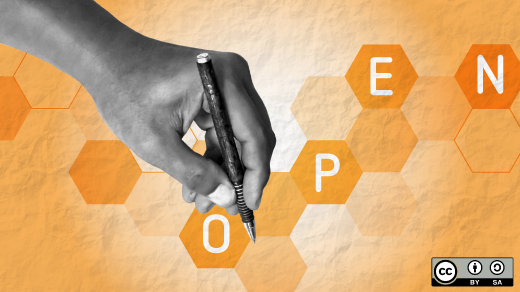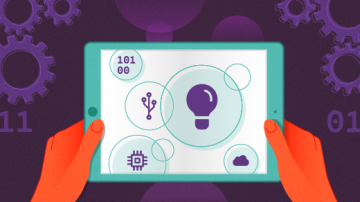Whether you’re a tech hobbyist interested in dabbling in technical writing or an established technologist looking to pivot your career to become a professional technical writer, you can build your technical writing portfolio with open source contributions. Writing for open source projects is fun, flexible, and low risk. Contribute to a project of interest to you on your own schedule, and you might be surprised at how welcoming the community can be or how fast you can make an impact.
Your open source contributions show potential employers that you take the initiative and seek opportunities to learn, grow, and challenge yourself. As with anything, you have to start somewhere. Contributing to open source projects allows you to showcase your talents while also learning new skills and technologies. In addition, writing for open source projects enables you to connect with new communities, collaborate with new people across time zones, and build your network. When you dig into open source opportunities, you enhance your resume and set yourself apart from other candidates. Here are four ways to get started with contributing to open source that can lead to a career in technical writing.
Learn the tools of the trade
To get started, I recommend becoming familiar with Git, setting up GitLab and GitHub accounts, and finding a text editor that you like. Personally, I love working with the open source tool Atom. When it comes to Git, there is a wealth of free learning resources available online, including some excellent interactive tutorials. You don’t need to be a Git master to dive into open source. I recommend learning the basics first and letting your skills develop as you contribute more.
Find a project
The hardest part of contributing to open source can be finding a project to contribute to. You can check out Up For Grabs and search for projects that interest you. First Timers Only has more resources on getting started. Don’t hesitate to contact project maintainers to learn more about the project and where they need help. Be persistent. It can take some time to find a project that’s right for you.
Say goodbye to imposter syndrome
A common misconception is that you need to be a programmer to contribute to open source projects. As a self-taught contributor with no engineering or computer science credentials, I can assure you that is not the case. Documentation is often the most valuable but most neglected part of development projects. These projects often lack the people and resources needed to create complete, quality documentation. This presents a great opportunity for you to get involved by submitting pull requests or by filing issues against the project. You can do it!
Start small
Check the repository for the project that you are interested in for possible contribution guidelines to follow. Next, look for opportunities to update README files or to submit typo fixes. No contribution is too small. The project maintainers will likely be happy for the help, and you’ll be glad to get your first pull requests submitted as you build your technical writing portfolio.










2 Comments